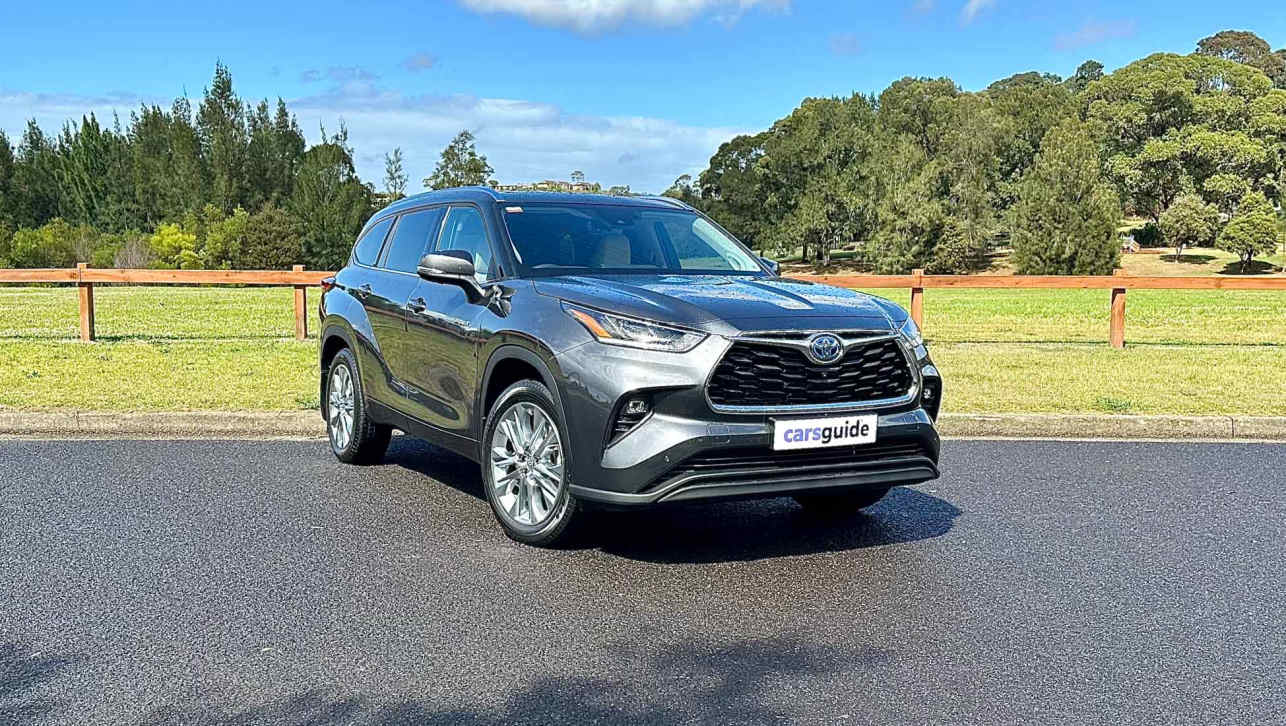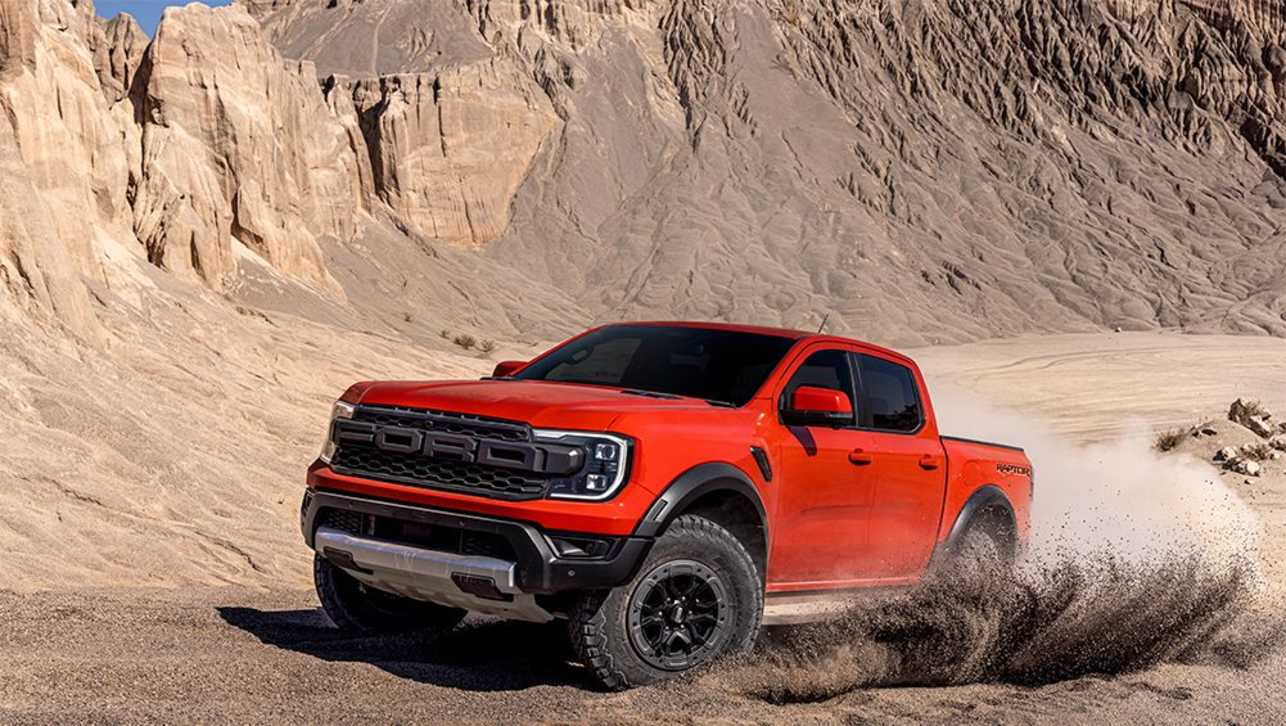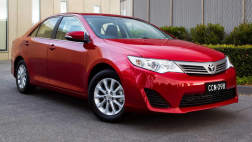To create jobs in the hard-hit Eifel mountains during the Great Depression, and to give his flagship car companies somewhere to develop their products, the then-chancellor of Germany approved a massive construction program.
It was the 28.265km course known today as the Nurburgring, or to race fans and car enthusiasts as the Nordschleife or North Loop.
It is without any question the best and most testing track anywhere in the world, with more than 190 corners, an incredible combination of climbs and dips and curves and jumps. It tests and punishes anyone in any car — or on any motorcycle — who decides to pay the 20 euros ($A32) it costs for a lap.
Triple world champion Jackie Stewart called it The Green Hell because of the death and injury toll at the Nurburgring during his time as a grand prix racer, yet he scored one of the track's most famous victories on a day of thick fog and driving rain. Formula One cars were banned from the Nordschleife after Niki Lauda crashed, burned and nearly died in his Ferrari in the 1970s.
But a new-age track at the top end of the course has become home to the German Grand Prix and there are still some races on the full course. That is not strictly true because the full Nurburgring track — the Gesamtstrecke or Whole Course — originally included the Sudschleife or Southern Loop and the Zielschleife or Finish Loop, which were bulldozed. So today's Nordschleife is 22.810km and it has become mecca for the world's carmakers, who use it to test, develop and define their new high-performance models.
GM Holden has just begun using the Nurburgring for testing, Porsche has been the pacesetter for decades, and Nissan is trumpeting the performance of its GT-R supercar which currently holds the car company course record.
Even Cadillac uses the track. Disguised prototypes are often seen and pictured lapping the track as companies look to shortcut development work and get instant answers to their pressing questions.
The upcoming Lexus LF-A supercar is being put through an intensive development program at the track, although it failed miserably last month in a 24-hour production car race that drew 220 starters, including 35 drivers from Australia.
There was no surprise when the race was won by a Porsche 911, confirming the marque's reputation at the Nurburgring.
The track's growing importance to carmakers is reflected in a growing industrial area just outside the course, which has become the test base for General Motors, Alfa Romeo, Ford, Jaguar, Porsche, BMW, Michelin tyres and Ohlins shock absorbers. There are impressive new buildings and lots of shiny company cars.
Even Aston Martin, one of the world's smallest carmakers, has just spent more than $2 million to build a test base that will also become home to a Nurburgring drive “experience” for owners.
“Aston Martins are for the public roads, not for the racetrack, but this is the only closed track that allows us to test like we are on public roads,” says Ulrich Bez, managing director of Aston Martin. “It offers everything the normal road delivers. It is everything, even weather conditions like rain.”
Bez has driven thousands of laps at the Nurburgring and even won races and knows the attraction of the track. But was it a grand plan by Hitler and his team?
“This was just luck. When they put it in no one knew what it would become,” he says.
Mark Reuss is a veteran of the Nurburgring.
The newly-installed managing director of GM Holden has done hundreds of laps on the Nordschleife and even set-up the General Motors test program in Germany, serving as `Test Dummy' for the corporation's licensing program. Reuss says manufacturers find out more in one lap there than in a week elsewhere.
“I'm talking thermal performance of differentials and brakes,” he says.
“It's a blast to calibrate stability control and traction control there. If you're going to break it, you will break it real soon.”
The Nurburgring is still a killer, with casualties every year, but GM and the other carmakers take every precaution. Test cars often have race-style protection including roll cages and fire extinguishers.
“We have a very extensive driver-training program leading up to going there,” Reuss says. “To qualify for your GM licence takes three days and 100 laps. You can race after that, no problem, because your car control skills are so good.”
And while there's a fun element to driving the laps at the Nurburgring, he says the test drivers are always working.
“We're paying engineers to develop cars there, and we're doing it efficiently and in a very cost effective way,” he says. “You reduce the cycle time on new models. You really do.
“We're getting into taking most cars there. We've just taken Holden there for the first time. Opel was one of the first to test there and validates most of its cars there.”
GM is so impressed it has re-created several corners at the Lutz Ring — the top-end test loop at its global test base at Milford near Detroit.







.jpg)
.jpg)
.jpg)

.jpg)


























.jpg)

_0.jpg)
.jpg)
.jpg)




Comments